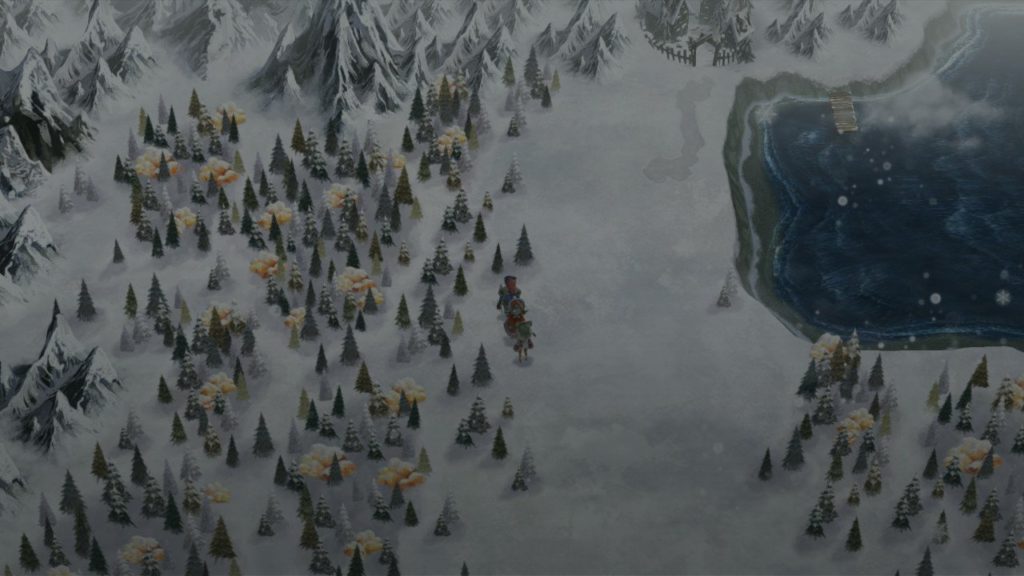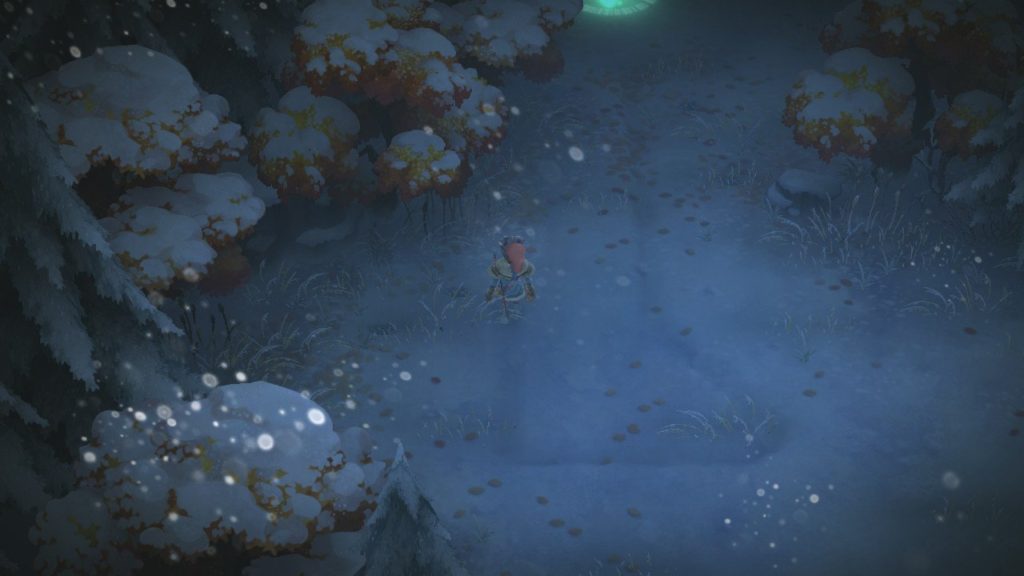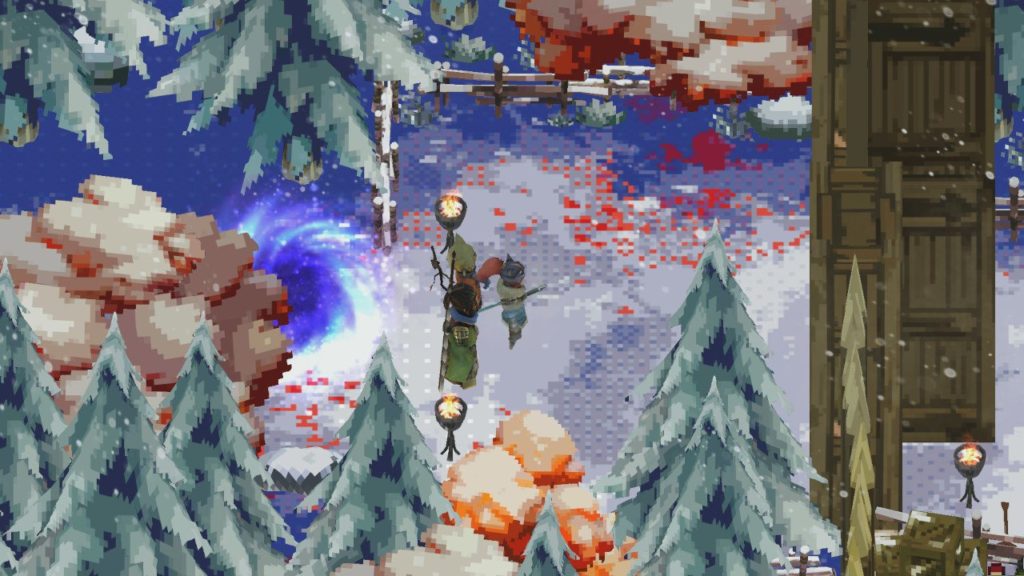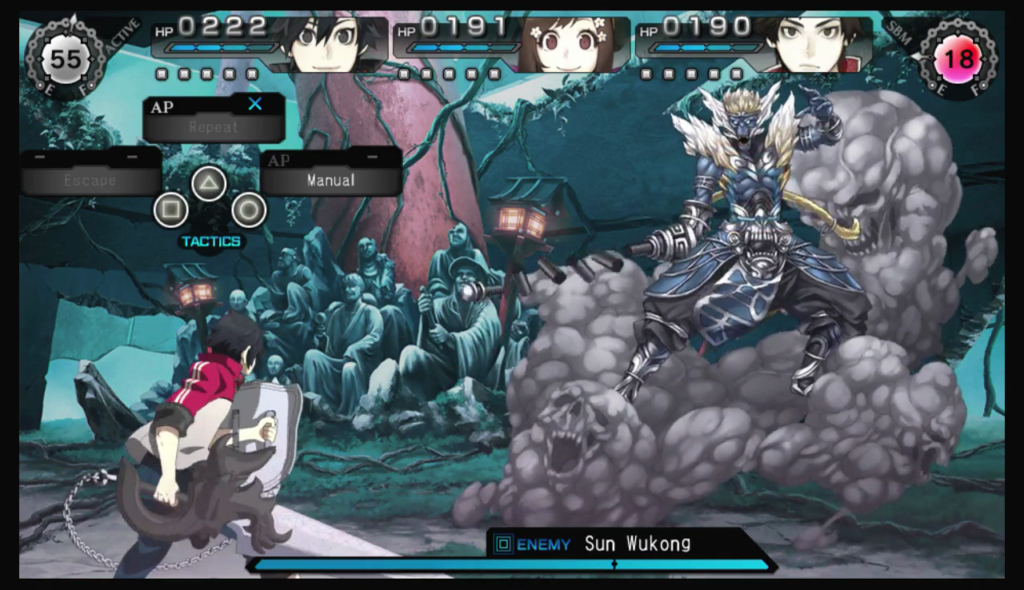- Genre: JRPG
- Platform: PS4
- Originally Released On: PS2
TL;DR
- Battle system is still going to be hit or miss for people. If you enjoy the idea of programming the AI, you’ll likely enjoy this.
- Story hasn’t aged too bad. Vaan being the up front starting main character is still weird.
- Modifications to the license system for upgrades are neither a big positive or negative to me. Still like the general system overall.
Final Fantasy XII was at the time a pretty controversial game for the series. It came on the heals of a long gap since X, with an MMO in between. Even though on the surface the battle system seemed hugely different, it was still an ATB-based battle system, just with some potential for automating tasks thrown in. However, it was that change that in a lot of ways threw a players for a loop. Looking at this again 11 years later, I’m still a huge fan of the way the game was put together, even if some of the details still leave me grumbling at times.
Back when I originally played this, I never really understood a lot of the criticism thrown at the battle system. At its core, it’s still the ATB-style system that had been in place for a number of years for the SNES and PS1 entries to the series. Time bar fills, action can be taken, rinse and repeat. To me, the ability to automate what the other party members were doing, and the ability to freely run around in real-time didn’t hugely differentiate the core of the system that much. From my perspective, the biggest change was that battles were no longer random, and simply started up when an enemy was approached. The fact that I could program out the party through the Gambit system meant that I could concentrate on fixing things when they went sideways, and leave the obvious things up to happen on their own. It’s a given that I’m always going to attack, when some party member’s health drops I’m going to throw Cure, when debuffs are out I’m going to use Esuna or some variant, if the enemy is weak to an element I’m going to use magic. The system in place here let me preset the entire party to do the obvious, and simply handle jumping in when adjustments needed to be done on the fly. By and large, that system still works fantastically, and gets you through a lot of the game. Boss battles are where I tend to jump in to manual actions the most, but even then I tended to spend more time adjusting my Gambits to suit the needs of the fight, and having fun doing that.
However, the Gambit system does have a few noticeable gaps that the programmer in me really wants more control over. Target prioritization in general was typical pretty poor. While there’s a lot of flexibility in how the target gets selected (nearest, furthest, X% HP, party leader’s target, etc), there was no way to use a priority to select a target, then stay locked on that target until they were killed. Because of this, group fights can get really hairy really quickly if I was fully automated, with targets swapping almost every attack, rather than grinding down one enemy at a time. It would also have been nice for some sort of binary system to place more stringent conditions on target selection (Ex: If leader is dead, use nearest target; else use leader’s target). I also wish there was a concept of group-based conditions. I ended up placing group spells like Cura on single-target “oh shit” conditions, and just manually triggering group buff type spells as necessary. For example, Cura was fired on my group if ANY ally was below 30% health. Ideally this would have been in a place where I could have done something to the effect of average group health, or similar condition.
The other real big change over normal Final Fantasy with this game was the License system. The short version here is that while weapons, armor, magic, and skills are purchased in shops, they also have to have a corresponding License purchased. In the original release, all characters had the same base License Board layout, with a different starting point in the board. For the International release, as well as for The Zodiac Age, this has been replaced by job-style boards. To be perfectly honest, there’s things I like about both and ended up not really having a preference as to which system was used. In the original release, there was a ton of flexibility as the board filled, since all characters theoretically had access to everything. I could very easily do high melee damage white mages, or a black mage that used gun attacks, or a ninja tank. Characters in The Zodiac Age can still do this to some extent with a primary and secondary board, but the build out is significantly more focused, and the flexibility in class layout has to be determined at board purchase time, rather than being able to swap the character style at any point. The flexibility of the original was nice, but being able to focus on a core build throughout the entire game in this place also simplified the nature of using the License Board system, so I ended up enjoying it just as well.
All in all, I enjoyed the hell out of the original release, and I still enjoyed the hell out of it the second time around. This is definitely the kind of game that if you didn’t like it before, it’s not going to convince you to play it this time either. The inclusion of an always on fast forward feature also meant that getting through the game was significantly quicker, clocking in at about 40 hours for me to complete the story, as well as a fairly large chunk of the hunt and side quest content, so the time commitment was significantly lower than in the past. End of the day, the only thing replaying this did for me was convincing me that it’s still one of my favorite RPGs, and one that has aged pretty well since it came out two console generations ago.






